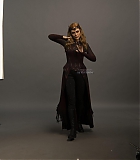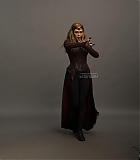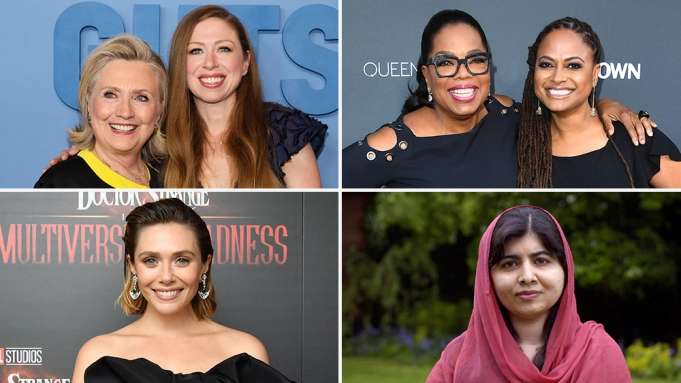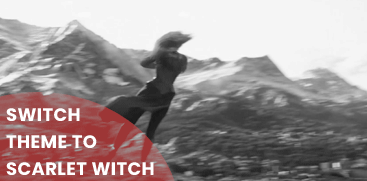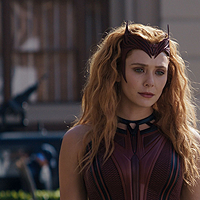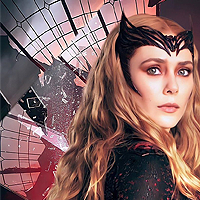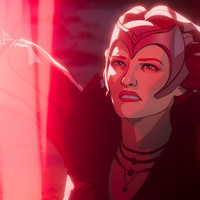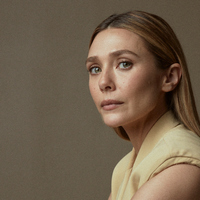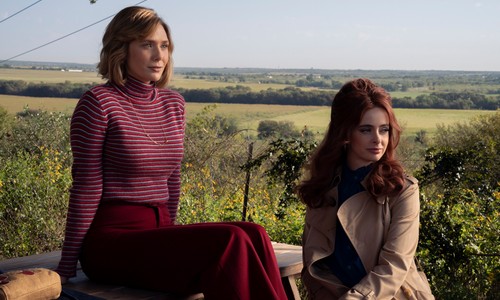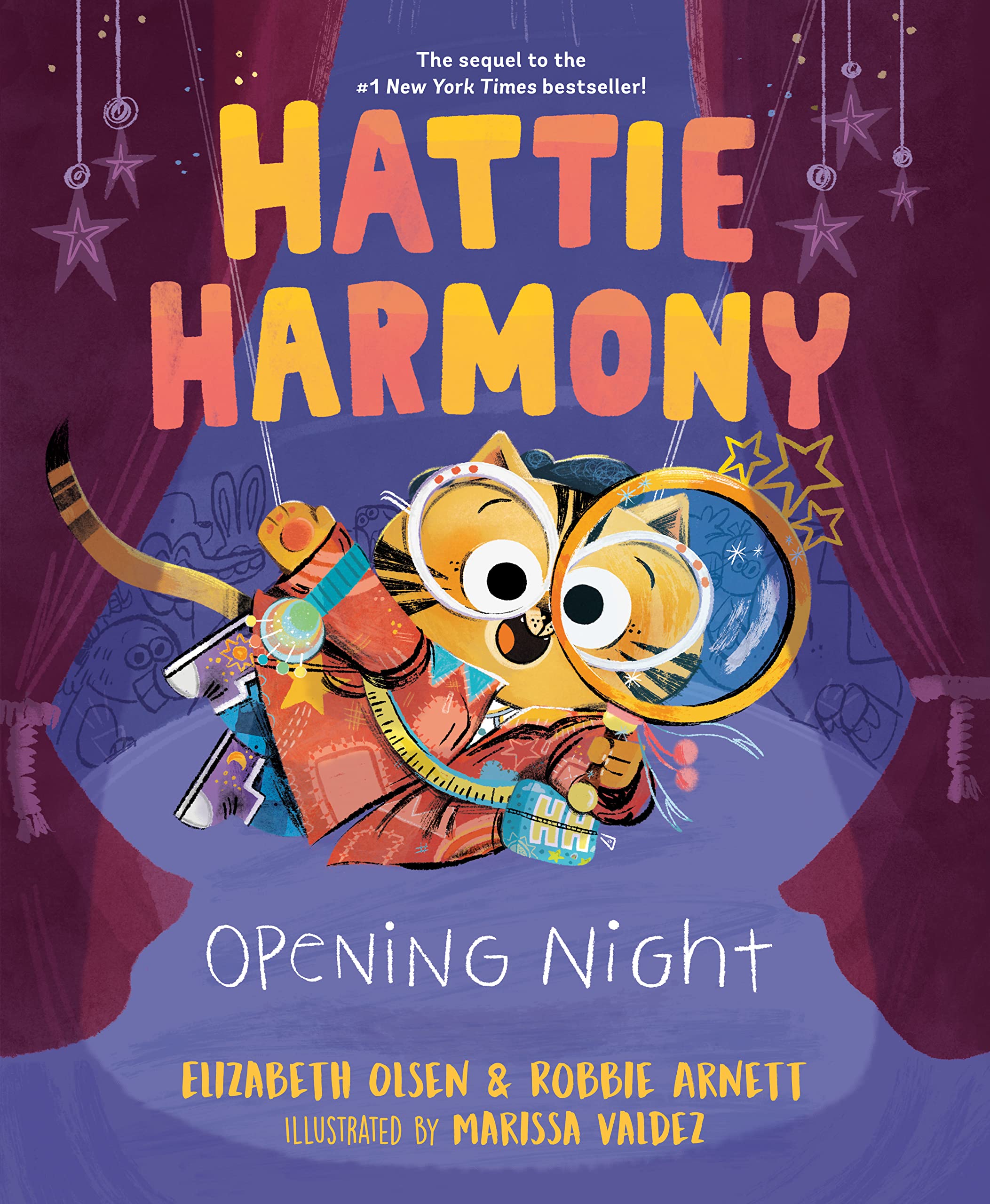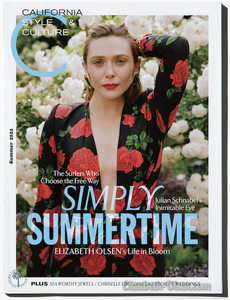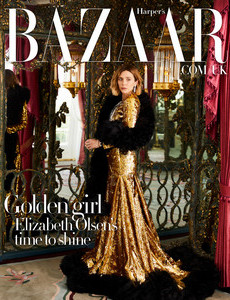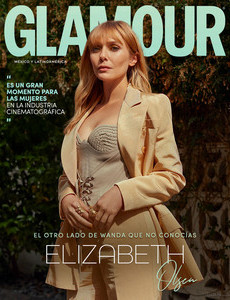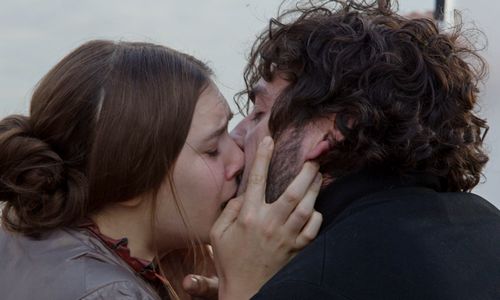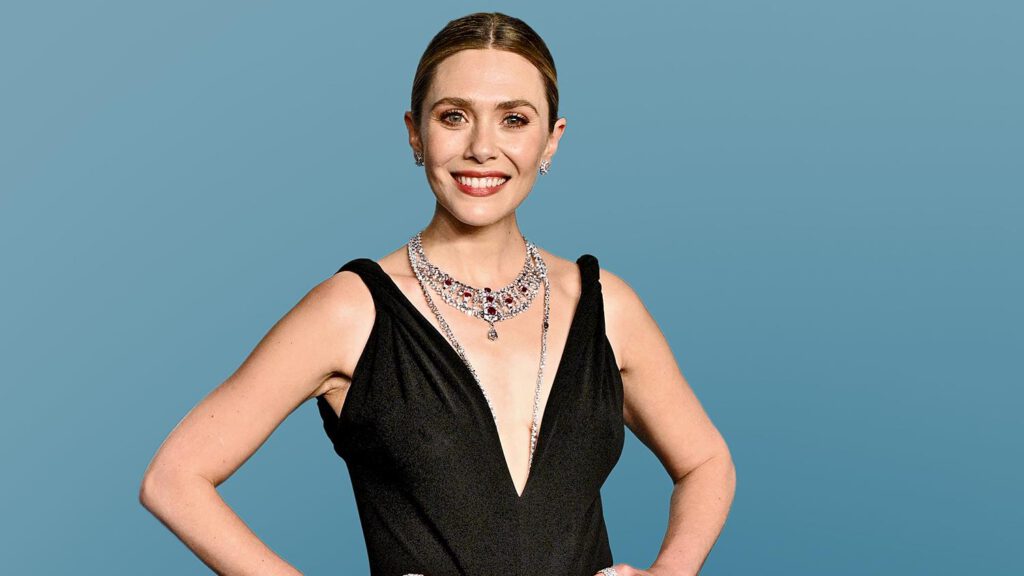
TIMES – The WandaVision star plays an axe murderer in the new true crime drama Love & Death. She tells Keiran Southern about growing up with her famous twin sisters and why she is ready to leave superhero roles behind
Elizabeth Olsen makes for an unlikely axe murderer. As she walks into her local deli in Studio City, Los Angeles, wearing an oversized navy Reebok jumper with her face hidden beneath sunglasses and a purple cap, it is difficult to imagine the slight 34-year-old Hollywood actress saying a cross word to anyone, never mind attacking them with a hatchet.
Thankfully the television super-producer David E Kelley — he of such buzzy hits as Ally McBeal, Big Little Lies and The Undoing — has greater vision than I do and cast Olsen as an axe-wielding killer in the drama miniseries Love & Death, first shown on HBO Max in America and now coming to ITVX, which tells the true story of a Texas housewife whose life unravels after she embarks on an affair with a neighbour.
It is a career-best performance from Olsen, which says something given how, in just over a decade, she’s gone from film-festival favourite (with indie films Martha Marcy May Marlene and Silent House) to Marvel superstardom (she plays Wanda Maximoff in the Avengers franchise and the TV series WandaVision). She is empathetic in her portrayal of Candy Montgomery, who stood trial for murder in 1980 after killing Betty Gore, her lover’s wife, hitting her 41 times with a wood-splitting axe. Jesse Plemons plays Allan Gore, Olsen’s on-screen love interest.
While Olsen is convincing as an unfulfilled wife capable of killing a love rival, I am reassured to hear that filming the scene — which is brutal in its realism — was deeply unpleasant. “It was awful,” Olsen says, adding creamer to a cup of coffee (we are speaking before the start of the Screen Actors Guild strike, which she is observing).
Lily Rabe, Olsen’s co-star who plays Montgomery’s victim, was six months pregnant at the time of filming so a stuntwoman stood in for much of the gory scene. “We had to film it over two days,” Olsen says with a wince. “It was a brutal experience.”
While Montgomery’s case is well known among true crime fans — and Hollywood producers, who have now adapted the story for the screen three times — Olsen had never heard of the axe-wielding Texas housewife when she was offered the role. It was only when speaking to Lesli Linka Glatter, the director of Love & Death, and Kelley, that she realised the series was based on a true story. Montgomery is still alive and according to reports works as a family counsellor in Georgia, but Olsen did not attempt to contact her, fearing that doing so would influence her performance. “We’re not trying to defend anyone. No one is the villain. Everyone’s culpable by the end of it,” she says. “I know this falls under the genre of true crime. But I feel like we tried to make it more of an American tragedy than falling under a genre. I know that was important to Lesli, and I felt the same way.”
Olsen was coming off two years of playing the Scarlet Witch/Wanda Maximoff in Marvel’s film and TV universe and was on the lookout for a big-screen project that did not involve a superhero. The series’ depiction of a small-town community fraying under bizarre circumstances reminded her of the Coen brothers. “I get a little bored doing, like, really subtle, rounded films sometimes and I was hungry to play a character,” she says. “And that was a big reason why I was curious about the part. And the story seemed so wild.”
Though she has a strong Texan accent in Love & Death, in reality, Olsen is pure Valley girl, having grown up in Hollywood. Mary-Kate and Ashley, the twin sisters two years her senior, were among the most famous child stars of the 1990s after rising to prominence while sharing the role of Michelle Tanner in the sitcom Full House. Elizabeth — or Lizzie to her friends — was born in Sherman Oaks, a neighbourhood in the San Fernando Valley, to a father in real estate and a professional dancer mother.
As a four-year-old Olsen had a cameo as “girl in car” in the 1994 film How the West Was Fun, which starred Mary-Kate and Ashley. However, she says she was not a child actor like her siblings. Olsen spent four months going to auditions but stopped after her ballet teacher told her she could not appear in The Nutcracker due to missing too many rehearsals.
She was nine years old, heartbroken, and put off her acting career in favour of school, which she loved. “Anything that would take me out of school as a child, I didn’t want to do,” she says. “Even when my sisters would go travel the world every summer, filming these movies, I stayed at home and I did my musical summer camps.”
What Mary-Kate and Ashley were doing looked suspiciously like work to their younger sister and she would much rather stay home and create musicals with her friends. “My sisters were on set all the time,” she says. “What I saw them do was go to work. And what my friends and I did was play. I liked creating things with my friends.”
One musical involved Olsen and her friends playing teachers, smoking pretend cigarettes in the staff room. “My whole childhood was this creation with my friends,” she says. “Everything was a performance for us, which I’m sure was very annoying for teachers and parents.”
As she entered her teenage years Olsen began to rebel, albeit in an amusingly strait-laced way. “My version of rebelling was saying, ‘Well, I don’t want to be an actor, I want to be an accountant or I want to be an investment banker’,” Olsen says. “And so for years I said, ‘I want to be an investment banker when I grow up,’ because I was really good at math. Doing something that boring was a form of rebellion.”
The rebellion, such as it was, did not last long. By 15 Olsen had developed a love of theatre, a passion partially fuelled by a high school drama teacher. She graduated from New York University in 2013 after studying at the Tisch School of the Arts (Lady Gaga, Anne Hathaway and Angelina Jolie are other alumni). By the time Olsen had graduated she was already something of an indie darling. At the 2011 Sundance Film Festival she was fêted for two performances — playing a former cult member in Martha Marcy May Marlene and a woman being terrorised in the horror film Silent House.
Olsen attempted to shed her indie reputation with 2014’s Godzilla but there was an even bigger beast around the corner in the form of the Marvel behemoth. She played Scarlet Witch in 2015’s Avengers: Age of Ultron and has been part of the all-conquering Marvel machine since. WandaVision, the sitcom parody miniseries, became a surprise phenomenon upon its release in 2021, with the Disney+ streaming service crashing as fans rushed to watch the finale. It earned 23 Emmy nominations, including a best actress nod for Olsen.
When discussing what is now her most famous role, Olsen appears conflicted, proud of the work while keen not to be too closely tied to one character, perhaps dampening fans’ hopes of a WandaVision season two.
“I’m trying to figure out . . .” Olsen begins, choosing her words carefully. “Because, specifically in the last four years, my output has been Marvel. I don’t want . . . it’s not that I don’t want to be associated as just this character.
“But I really feel like I need to be building other parts back up for balance. I so much want to do films right now. And I hope some of them come together in the way I feel like they can. But yeah, that’s something that I need. I just need more, other characters in my life. There’s no longevity in one character.”
Olsen said that from 2016 she had found a “sweet spot” in choosing her roles. “And then obviously Covid happened and I had Marvel obligations,” she says. “Wind River and Ingrid Goes West were films that I was very proud to have selected and they were so different and you can’t compare them. So I just want more of that in my life just because I get satisfaction from the variation.”
Olsen, perhaps due to growing up with sisters in Hollywood, is wary of fame and does her best to live a low-key lifestyle. She drives a Toyota Prius, is not on social media and shields her private life from the press. It is an approach that has worked so far. She eloped with the musician Robbie Arnett before the pandemic, a fact they managed to keep secret for more than a year. Today she wears an understated, thin gold band on her ring finger.
“I don’t really put myself out there publicly,” Olsen says. “If I chose to, I could be living like my job is also endorsing a bunch of things I’m selling or whatever. But I’m choosing not to, because I don’t want to be seen as a celebrity, I want to just be an actor.”
Olsen hopes to start a family, which may affect the roles she takes as she wants to avoid disrupting their lives. “For right now I have a partner who’s incredibly supportive and just wants me to work on good stuff,” she says. Olsen, however, will not be allowing her children to work in Hollywood before they turn 18. Her eyes widen in horror at the very thought.
“Hard no,” she says with a laugh. “My sisters are unique so it’s not a reflection on them when I say no, I think it’s a reflection more on culture today.” Mary-Kate sought treatment for an eating disorder in 2004, and in 2012 the twins announced they were retiring from acting. Both have since led successful career second acts in fashion.
“Being younger today is already so complicated,” she adds. “To amplify it by being a child actor and then amplify it by social media, I just think it’s a lot for a kid’s development,” she says. “I think my sisters are on a totally different path than your average child actor.”
We say our goodbyes in the Los Angeles sunshine. Olsen heads to her understated Prius; a half-hearted rebel, a reluctant celebrity and, on television at least, a convincing axe murderer.

